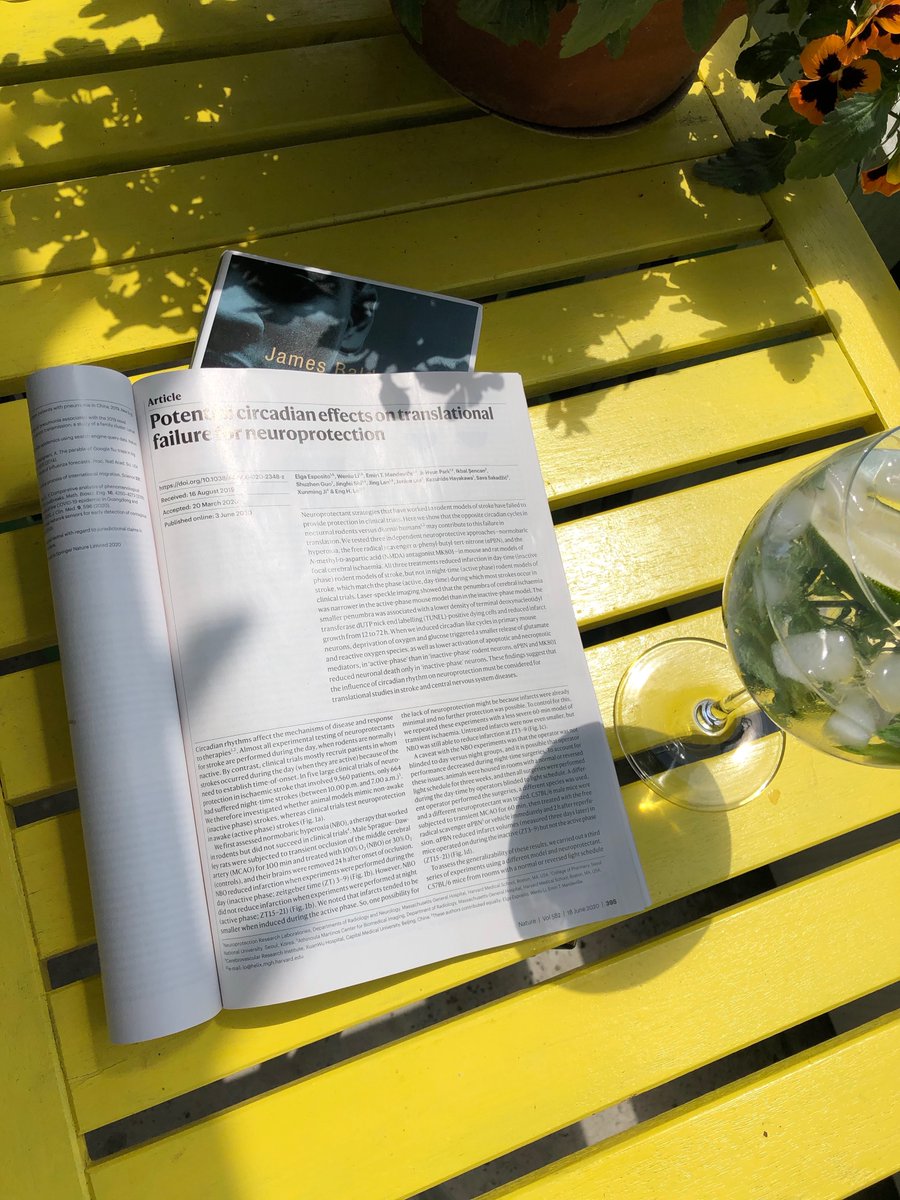Thread: To ANYONE DOING TRANSLATIONAL RESEARCH: have you seen the article in the picture? ( https://go.nature.com/2YCmgp3 ;">https://go.nature.com/2YCmgp3&q... Congratulations, authors @nature) It *solves* the mystery as to why neuroprotection strategies following stroke do not translate from mice to humans. Important!
The *solution* is that the rodent experiments were done when mice sleep (the light part of the day) whereas the clinical trials are done when humans are awake (the light part of the day). Problem solved! .... this time....
As my followers know, I try not to use profanity on Twitter but %”§&!% how COULD this be ‘a thing’? Where have we chronobiologists been? Are we not represented in clinical trial review panels?
For the non-chronobiologists who have read this far: when designing a protocol, start with the question ‘is it clock regulated?’. (imo) MOST things are clock regulated. Your error bars will ALWAYS be smaller if you control for time of day. And the experiment might actually work.
A comment on some incredibly basic science: sleep is a completely different state than wake. Not only but especially in the brain. Know your model organism. In the clocks field we agonise over the lack of a diurnal model organism but here the nocturnal animal modeled the process!
A comment on the societal aspects of this: (obv) stroke can be a devastating diagnosis, leaving patients with a range of almost unfathomable disabilities. To disregard the circadian clock has undoubtedly doomed a statistically predictable number of patients to their fates.
Chronotweeps, how can we strategise that chronobiology is routinely considered in translational and clinical trials? @NIH @NIHDirector

 Read on Twitter
Read on Twitter


